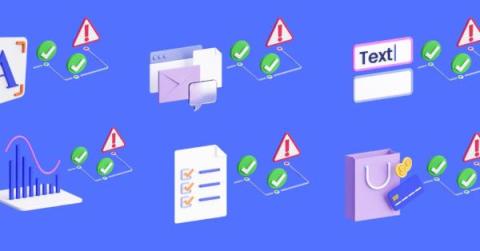The Top 17 UEBA Use Cases to Protect Your Business
Imagine being able to halt cybercriminals before they strike. This is the power of UEBA (User and Entity Behavior Analytics). UEBA stands out for its capability to identify suspicious activities that could indicate a security breach or insider threat. It does this by analyzing patterns and behaviors, making it a unique and powerful tool in the cybersecurity landscape. This article explores 17 powerful use cases demonstrating why UEBA protects your business.






